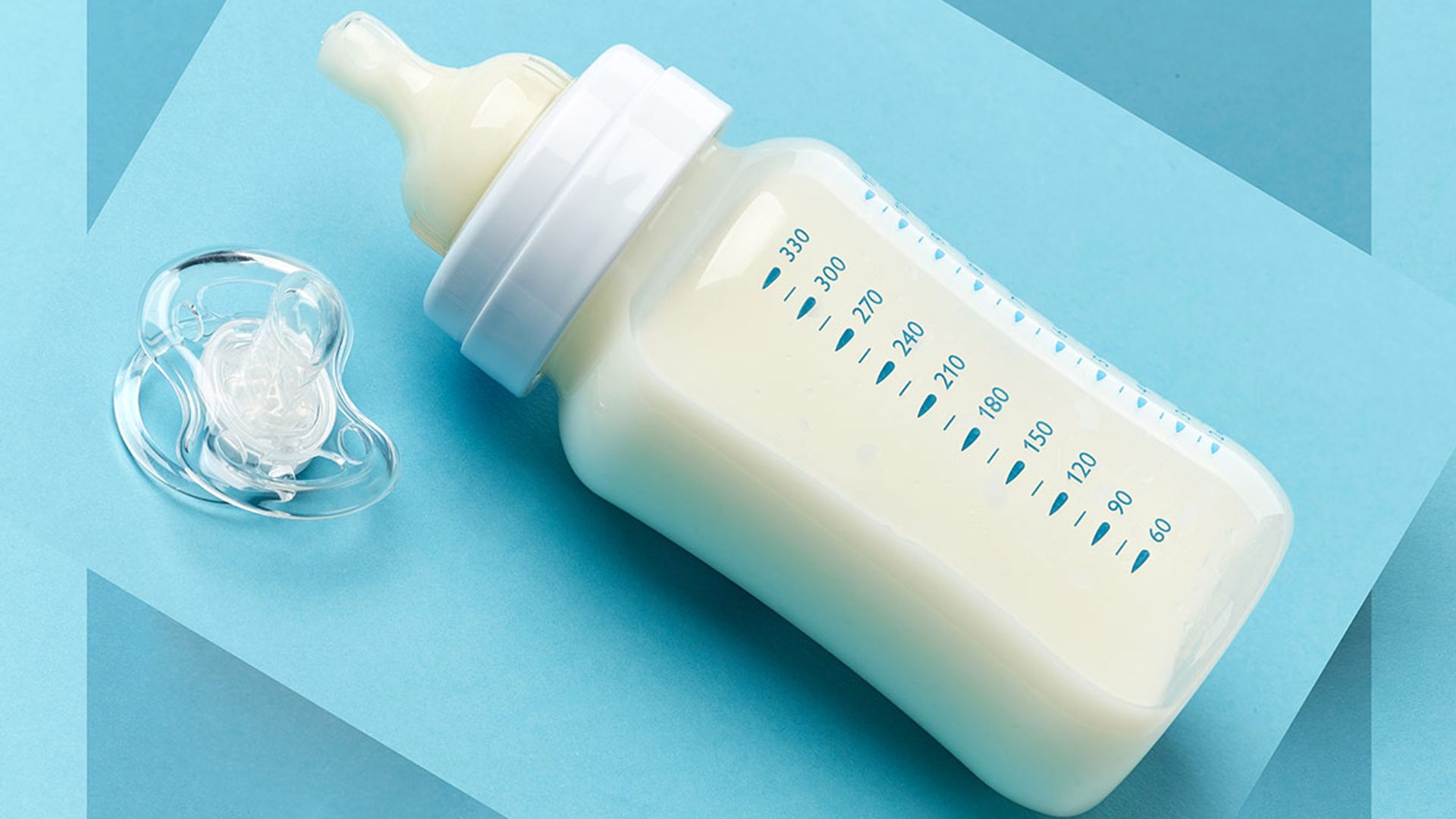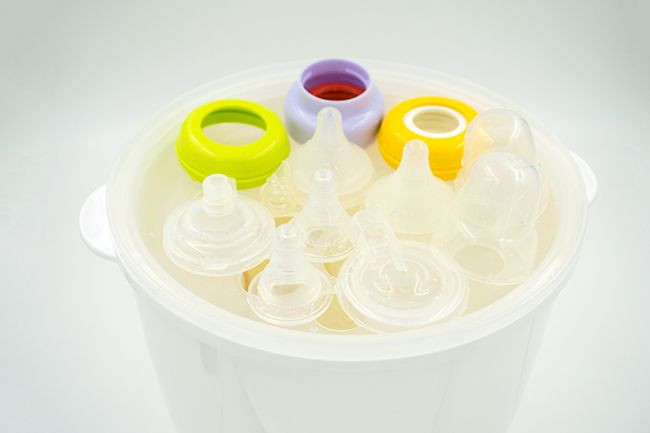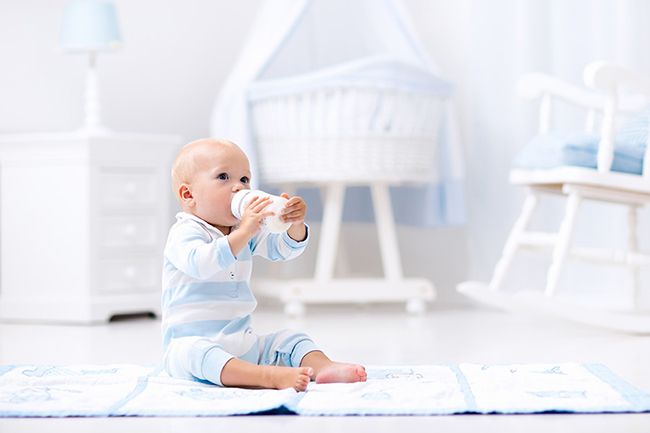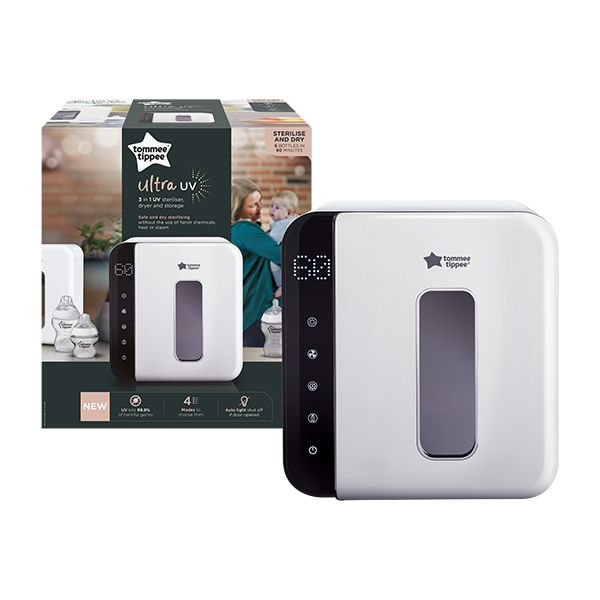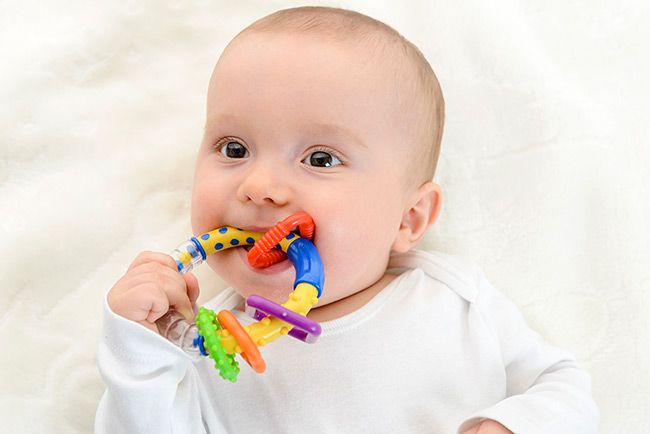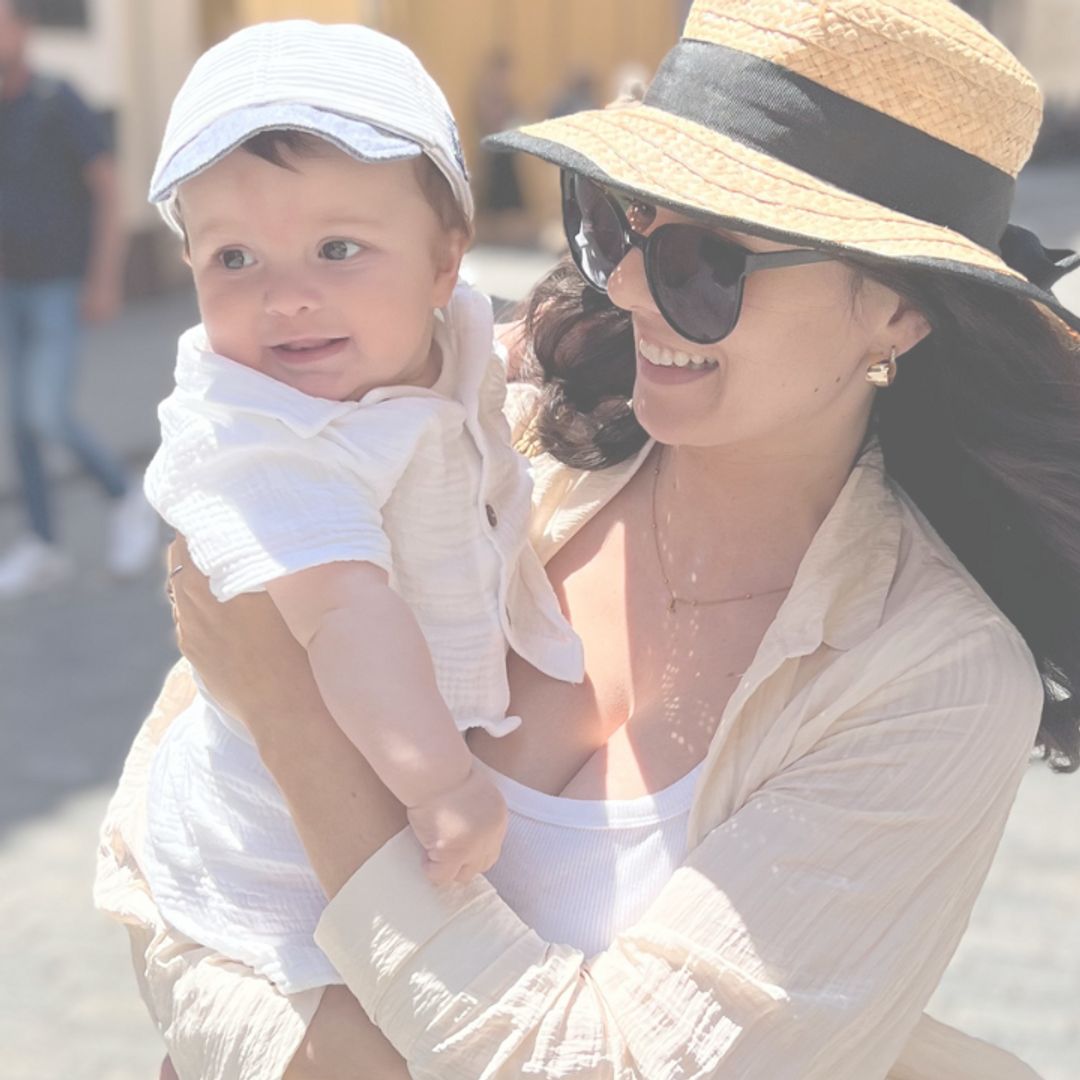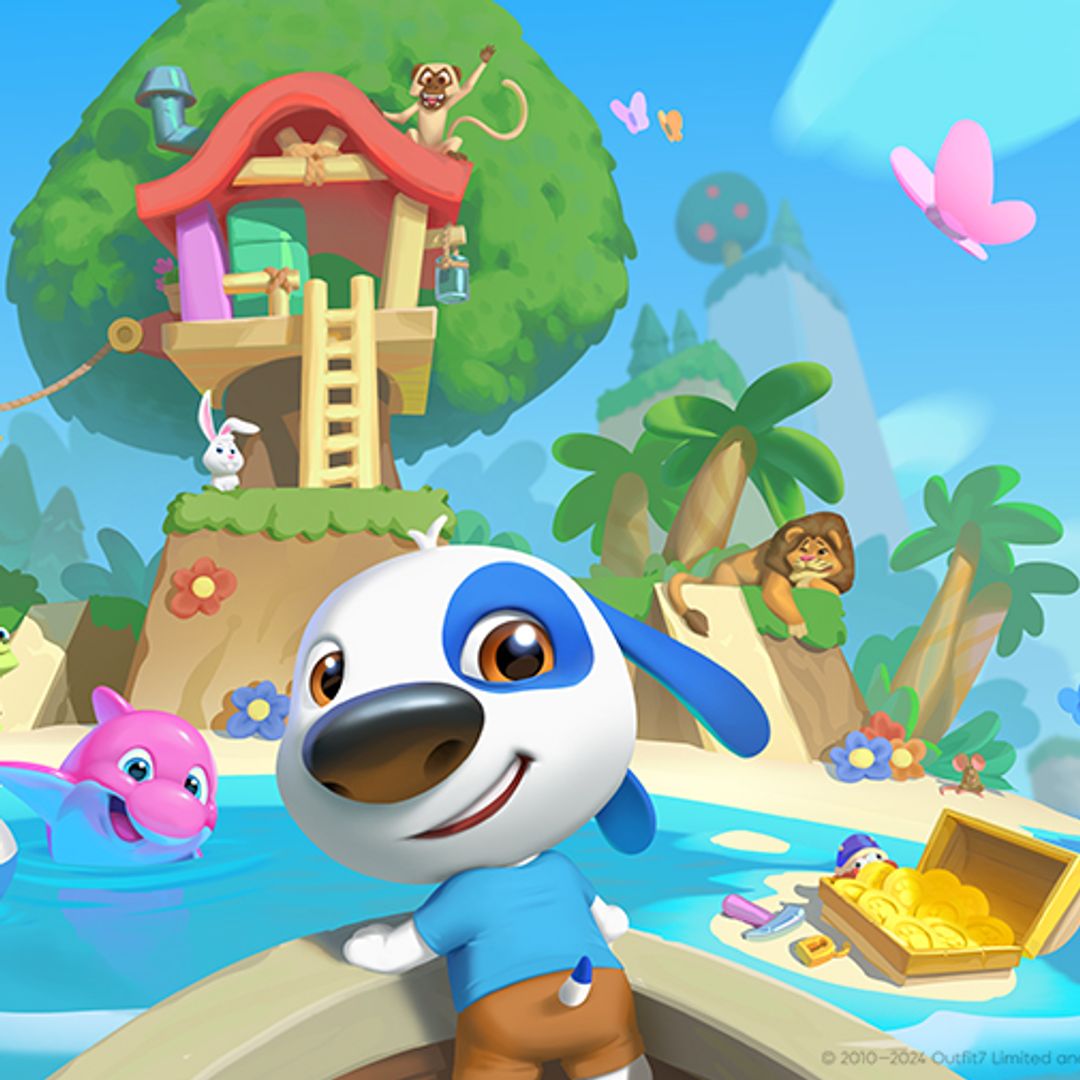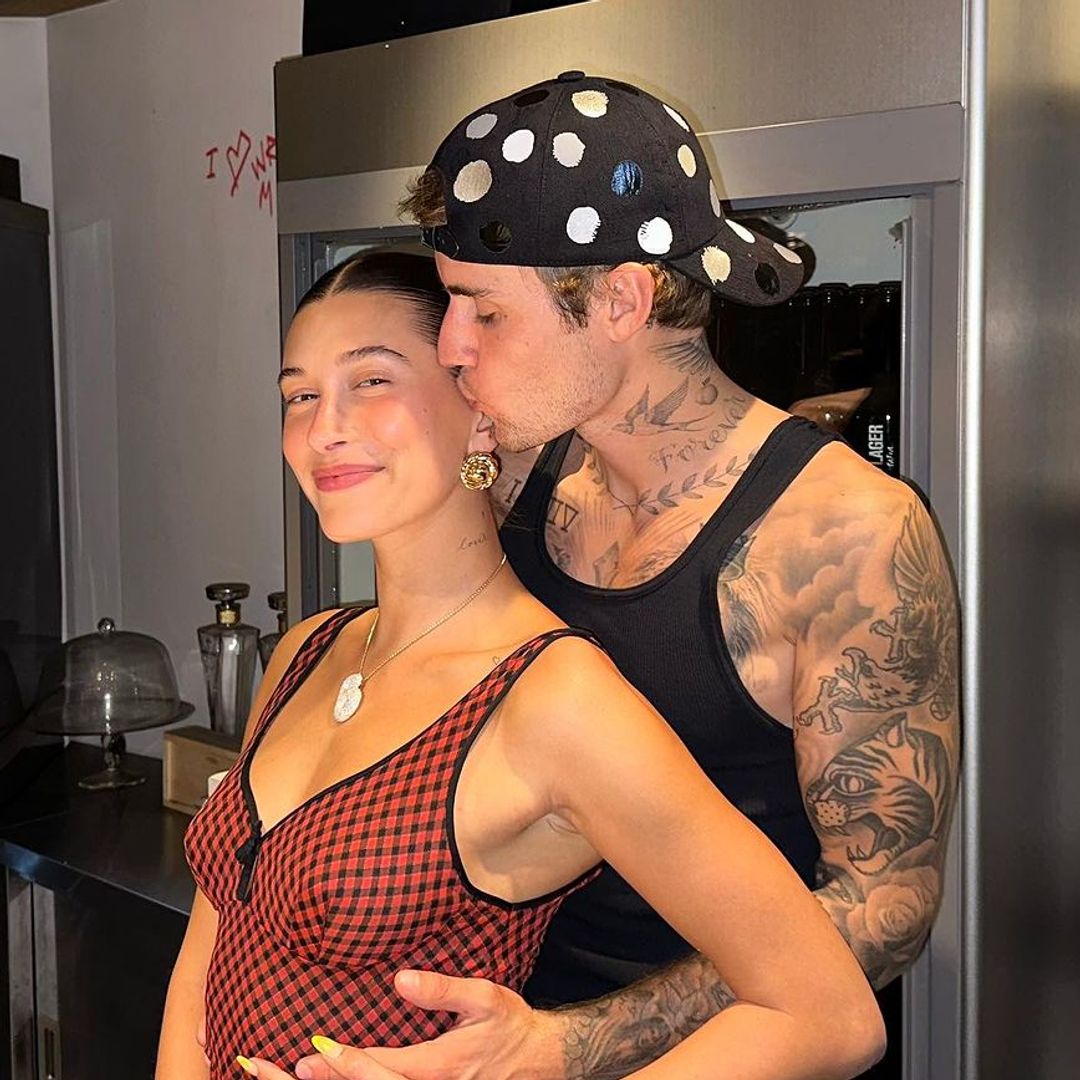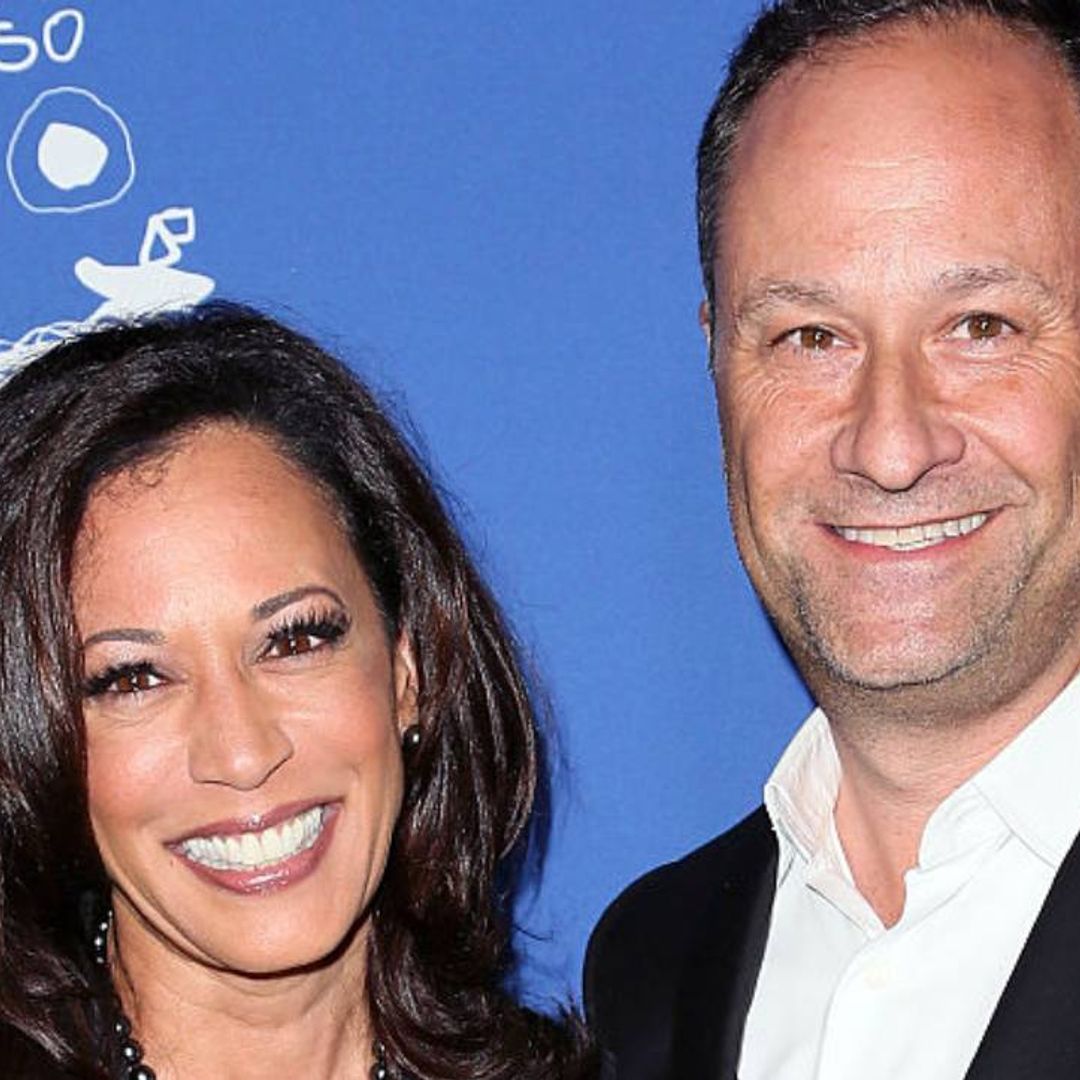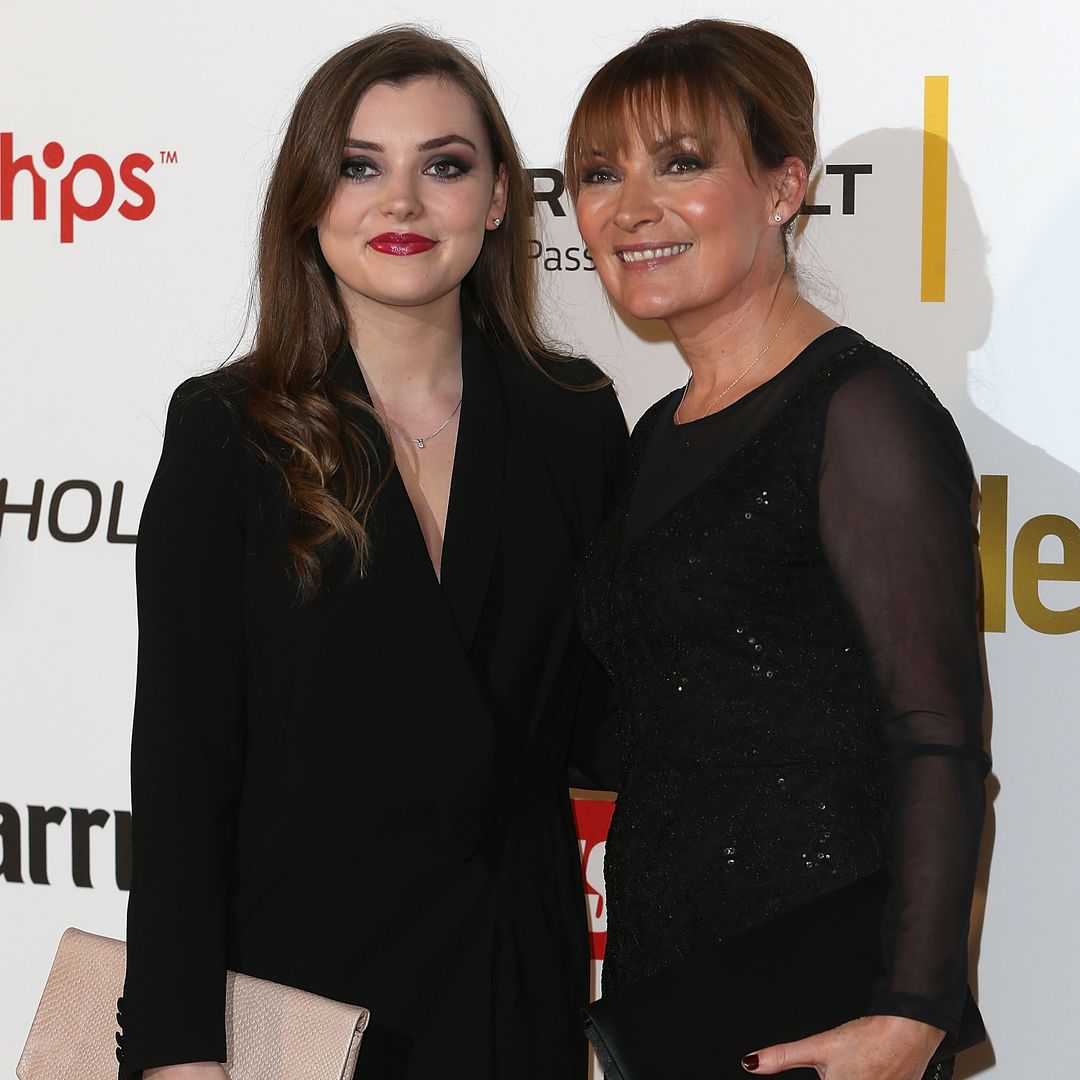Once your baby is born, you will spend the next 12 months sterilising everything that comes into contact with their mouth. This includes feeding equipment, soothers, spoons, teethers and toys. During the first year, a baby is most vulnerable to illnesses. If bottles aren't sterilised, viruses, bacteria, and parasites can gather and make your baby ill. They could develop anything from mild oral thrush to tummy upsets (gastroenteritis).
HELLO! spoke to mother-of-three and Milton International Brand Manager and Sterilising Advisor, Christine Dugedre, who highlighted the importance of sterilising and gave her top tips.
RELATED: 7 of the best bedside cribs for safe sleeping alongside your baby
What is sterilising?
Sterilising is a special way of cleaning your baby’s feeding equipment including bottles, teats and breast pumps to ensure they are completely free from harmful germs that can make your baby ill.
There are 2 ways to sterilise:
- Steaming (using an electric steriliser or by using the microwave) or
- Using cold water and a sterilising solution – such as sterilising tablets or sterilising fluid – this is the Milton Cold Water Method.
The 'Milton Method' of cold water sterilising is so easy to use! You just use cold tap water and either a cap of Milton Sterilising Fluid or one Milton Sterilising tablet, inside a Milton Cold Water Steriliser – it really is that simple!
What do I need to sterilise and for how long?
Any equipment that will come into contact with baby's mouth should be sterilised. This includes feeding equipment, soothers, spoons, teethers and toys. You should certainly sterilise for the first year of a child's life while their immune system is developing.
After this, you should continue to sterilise bottles and teats for as long as baby is using them.
MORE: 9 of the best-rated baby monitors to give both parents and babies a peaceful night's sleep
Sterilising baby bottles: How to do it
Should I rinse out bottles before sterilising and what should I use to do this?
The easiest way is to wash thoroughly in Milton washing up liquid and water, using the brush provided. Rinse thoroughly. To clean bottle teats, use the same method above, making sure there are no milk remnants in the opening.
How long can you leave a sterilised bottle out before it needs re-sterilising?
Bottles should be filled immediately once removed from the steriliser.
Baby bottles and teats should be sterilised until a baby is 12 months old
How does electric steam sterilising work?
Electric steam sterilisers require no chemicals or rinsing and simply plug in at the wall. They kill bacteria using the heat from steam. Sterilising takes six minutes to 15 minutes. Depending on the model you have, items can remain sterile for up to 24 hours with the lid closed.
RELATED: 12 royal-themed baby gifts: The best regal presents for your very own prince or princess
How does UV sterilising work?
UV sterilising is one of the fastest ways to clean your baby's products, with the most state-of-the-art products designed to kill viruses and 99.9% of bacteria. It's a safe and dry method of sterilising without using heat, steam, or hash chemicals.
Tommee Tippee's Ultra UV 3-in-1 steriliser, dryer and storage gets rid of germs lingering in bottles, teats, breast pumps and other products.
Ultra UV 3-in-1 steriliser, dryer and storage, £124.99, Tommee Tippee
SHOP NOW
Can I boil steam bottles? What are the pros and cons of boiling?
Yes but when using this method, care must be taken to ensure safety and prevent scalds or burns. Hot pans and liquids should not be left unattended, especially if children are present.
Boil the feeding equipment in water for at least 10 minutes, ensuring that all items stay under the water’s surface. Remember that teats get damaged faster using this method. Regularly check that teats and bottles are not torn, cracked or damaged.
If the bottles are not being used immediately, they should put together fully with the teat and lid in place to prevent the inside of the sterilised bottle becoming contaminated.
Teethers, toys and breast pumps should also be sterilised
How often do you have to sterilise the steriliser?
You don't need to sterilise a steriliser. However, it is recommended to give them a good clean once a week and to dry them well after the clean. When using a microwave or an electric steam steriliser it is advisable to dry them after each use.
DISCOVER: How to babyproof your home: 10 must-have products for mums and dads
Sterilising breast pumps: How to do it
How often should I sterilise my breast pump?
You'll need to sterlise your pumping parts after washing them once a day. It's also advisable to do this if the equipment is brand new or hasn't been used for a while. Start by separating all parts that have come into contact with milk.
How do I sterilise my breast pump?
Medela.co.uk recommends four methods of sterilisation:
- Boil: Submerge the parts in a pan of boiling water, boil for at least five minutes
- Microwave: Put the parts microwaveable sanitising bag or steriliser
- Steam: When using an electric steam steriliser, ensure parts are facing downwards
- Sterilising fluid: Ensure all parts are submerged for at least 30 minutes
Like this story? Sign up to our newsletter to get other stories like this delivered straight to your inbox.
HELLO!'s selection is editorial and independently chosen – we only feature items our editors love and approve of. HELLO! may collect a share of sales or other compensation from the links on this page. To find out more visit our FAQ page.
